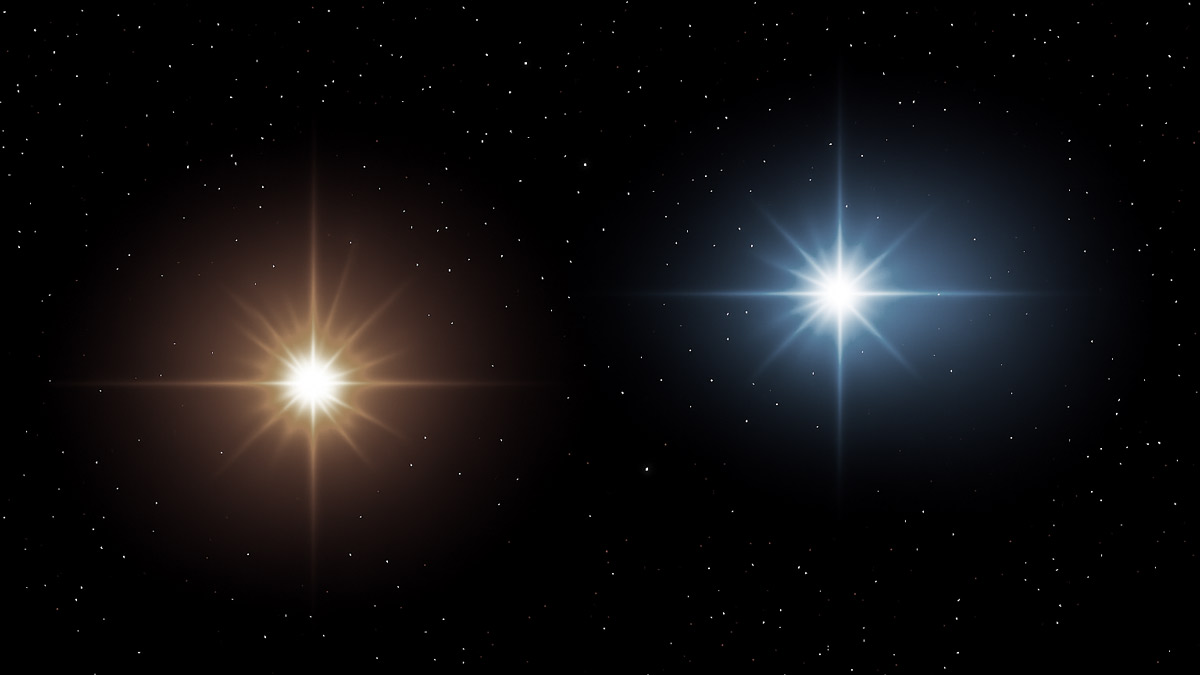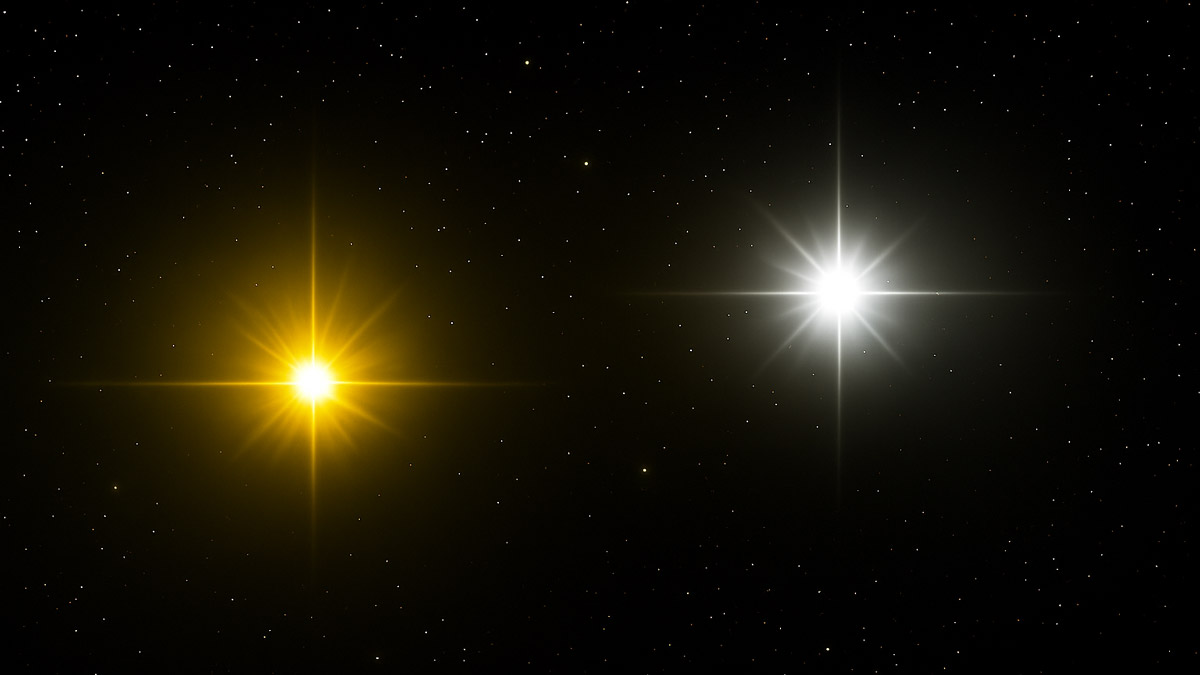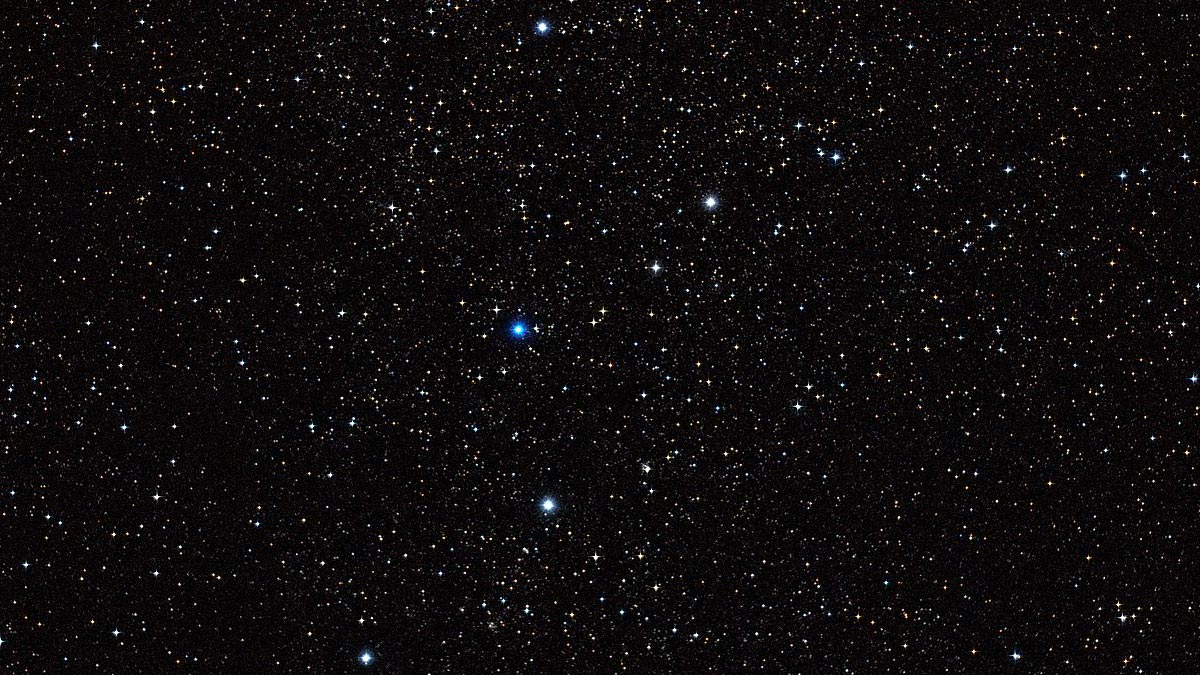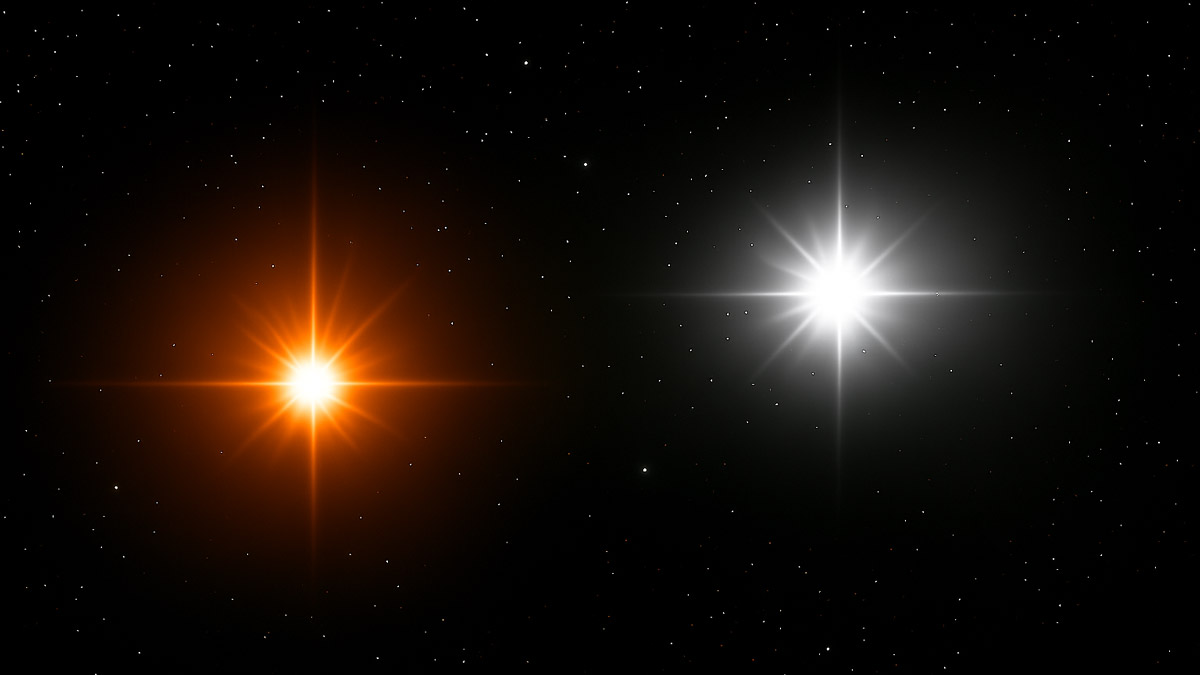Discover Struve 79, a fascinating binary star in Andromeda. Explore its colors, magnitudes, and observing tips for stargazers. Also known as SAO 36833 and 164 Andromeda.
Category Archives: Double/Multiple Stars
HD 39881 (S 503): A Wide Double Star in Orion
Orion is a prominent winter constellation known for its bright stars, including Betelgeuse and the Orion Nebula, as well as double stars like S 503. This system, consisting of components A and B, offers viewing opportunities with binoculars and telescopes. Recent observations highlighted their visibility despite fading dawn light. Also known as SAO 95004, HD 39881, HR 2067, HIP 28066, BD+13 1036, GC 7469, 0728-03142-1
Eta Boötis (Muphrid): The Double Star Neighbor Beside Arcturus
Eta Boötis, known as Muphrid, is a subgiant star roughly 37 light-years from Earth, overshadowed by the brighter Arcturus. Muphrid shines with a magnitude of 2.7 and is accompanied by a fainter companion star. Observations reveal challenges in identifying its companions, highlighting its unique charm in the spring sky. η Boötis, HR 5235, HD 121370, HIP 67848, SAO 100766, BD+18°2759, SHJ 169
Iota Cassiopeiae: An Unforgettable Triple
Discover Iota Cassiopeiae, a triple star system hidden in Cassiopeia’s “W.” Through a telescope, it reveals a stunning trio of diamond-like stars.
Struve 2540 (HD 184360): A Tight Pair Near the Coathanger Asterism
Struve 2540 (HD 184360) is a triple star system in the constellation Vulpecula. The stars lie in the popular Brocchi’s Cluster, nicknamed the Coat Hanger.
STF 2540 may be a tight pair to view under light-polluted stars, but astronomers will appeciate the view as the double floats among a pretty background of faint stars.
Xi Serpentis (Nehushtan): A Triple Star in Serpens
Nehushtan, or Xi Serpentis, is a triple star system in the Serpens constellation, 105 light-years away. It will approach within 27 light-years in about 700,000 years. Named after a biblical idol, it showcases the intertwining of astronomy and faith. Observations highlight its brightness and challenging visibility of companions. Also known as 55 Ser, Xi Ser, SAO 160700, HD 159876, HIP 86263, HR 6561, GC 23881
Beta Serpentis: Binary Star and Traveler in the Ursa Major Group
Beta Serpentis is a binary star in the summer constellation Serpens. Of note, the pair also belong to the Ursa Major Moving Group.
95 Herculis: A Summertime Binary Star of Ruby and Emerald
95 Herculis is a colorful binary star, looking like ruby and emerald gems placed together on black velvet. The binary lies in the constellation Hercules and is enjoyed on summer nights. Also known as 95 Her, SAO 85648, STF 2264, HD 164669.





